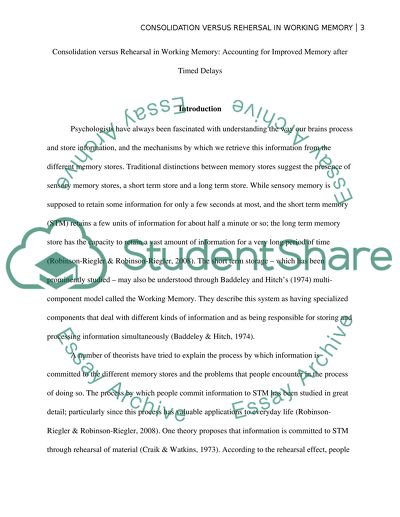Cite this document
(“Consolidation versus Reheasal in Working: Acconting for Improved Essay”, n.d.)
Consolidation versus Reheasal in Working: Acconting for Improved Essay. Retrieved from https://studentshare.org/psychology/1401502-research-report
Consolidation versus Reheasal in Working: Acconting for Improved Essay. Retrieved from https://studentshare.org/psychology/1401502-research-report
(Consolidation Versus Reheasal in Working: Acconting for Improved Essay)
Consolidation Versus Reheasal in Working: Acconting for Improved Essay. https://studentshare.org/psychology/1401502-research-report.
Consolidation Versus Reheasal in Working: Acconting for Improved Essay. https://studentshare.org/psychology/1401502-research-report.
“Consolidation Versus Reheasal in Working: Acconting for Improved Essay”, n.d. https://studentshare.org/psychology/1401502-research-report.


